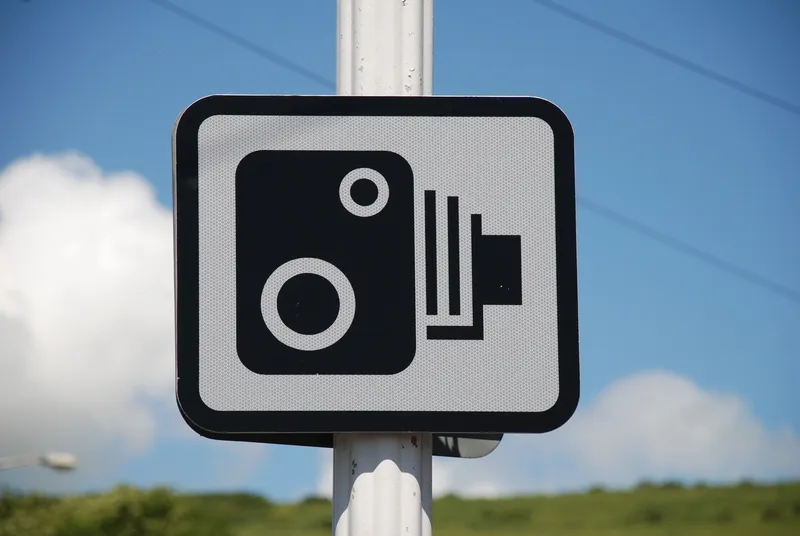Road safety researchers from the University of New South Wales Transport and Road Safety Research are to review Canberra's speed cameras to determine how effective they are at preventing accidents.
The capital's fixed-speed cameras have come under fire since it was revealed there has been an increase in accidents at intersections where the cameras are installed. The location of point-to-point cameras has also been criticised.
The territory has 33 safety cameras, made up of fixed-speed cameras, red lig
March 11, 2014
Read time: 2 mins
Road safety researchers from the University of New South Wales Transport and Road Safety Research are to review Canberra's speed cameras to determine how effective they are at preventing accidents.
The capital's fixed-speed cameras have come under fire since it was revealed there has been an increase in accidents at intersections where the cameras are installed. The location of point-to-point cameras has also been criticised.
The territory has 33 safety cameras, made up of fixed-speed cameras, red light/speed cameras, mobile camera vans and two point-to-point units.
The researchers will undertake a broad evaluation of the program including its impact on crashes and speeding, as well as how it is governed. Professor Ann Williamson says the study will consider how the system can be improved.
"Our brief is to look at the effectiveness of it. Obviously the most direct effect is to slow people down and the secondary effect therefore as a result of that, is reducing crashes and injury, which of course is the ultimate aim," she said.
"We will look at where they're deployed and whether the ACT is getting the most effective use out of the technology."
Attorney-General Simon Corbell says the cameras have been in use for more than ten years and this is the first large-scale review of the system. "As part of the evaluation, the University of New South Wales will review existing Australian and international research as well as evaluations of other road safety camera programs to assist in identifying opportunities for improved strategic and operational management of the ACT program," he said.
The capital's fixed-speed cameras have come under fire since it was revealed there has been an increase in accidents at intersections where the cameras are installed. The location of point-to-point cameras has also been criticised.
The territory has 33 safety cameras, made up of fixed-speed cameras, red light/speed cameras, mobile camera vans and two point-to-point units.
The researchers will undertake a broad evaluation of the program including its impact on crashes and speeding, as well as how it is governed. Professor Ann Williamson says the study will consider how the system can be improved.
"Our brief is to look at the effectiveness of it. Obviously the most direct effect is to slow people down and the secondary effect therefore as a result of that, is reducing crashes and injury, which of course is the ultimate aim," she said.
"We will look at where they're deployed and whether the ACT is getting the most effective use out of the technology."
Attorney-General Simon Corbell says the cameras have been in use for more than ten years and this is the first large-scale review of the system. "As part of the evaluation, the University of New South Wales will review existing Australian and international research as well as evaluations of other road safety camera programs to assist in identifying opportunities for improved strategic and operational management of the ACT program," he said.









